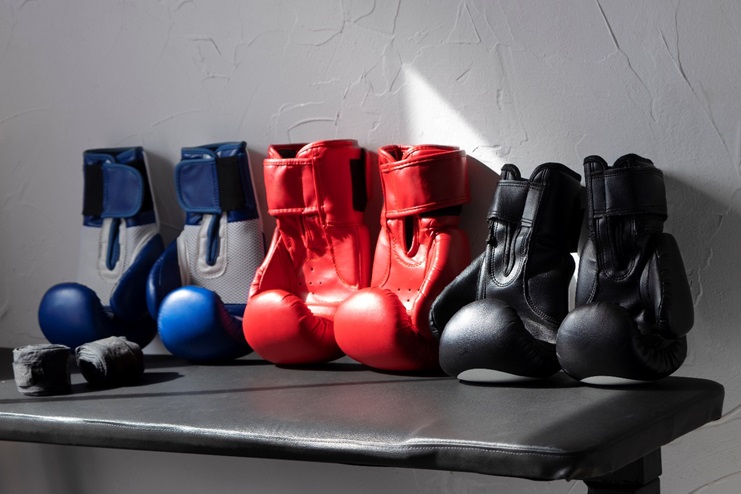Essential Boxing Supplies: Equip Yourself for the Ring
Introduction
Boxing is a high-intensity sport that requires not only physical strength and mental toughness but also the right equipment. Regardless of whether you’re a seasoned professional or a beginner just stepping into the ring, having the right boxing supplies can drastically impact your performance and safety. This guide will provide an in-depth look at essential boxing gear, from gloves and shoes to protection gear and apparel.
Boxing Gloves: Your Hands’ Best Defense
Arguably, boxing gloves are the most crucial piece of boxing equipment. They protect your hands during training and competition, absorbing the impact of your punches. Gloves vary in weight, design, and padding, with different types suited for different training aspects. For instance, bag gloves are used for heavy bag work, while sparring gloves are designed for practicing with a partner. It’s essential to choose high-quality, well-fitted boxing gloves to ensure optimal performance and safety.

Boxing Shoes: Footwork Fundamentals
Boxing shoes are designed to support and enhance a boxer’s footwork. They are typically lightweight, comfortable, and provide excellent grip on the canvas. Boxing shoes can also impact your speed, agility, and stability in the ring. A good pair of boxing shoes should fit snugly, offer excellent ankle support, and have sufficient ventilation to keep your feet cool during intense rounds.
Punching Bags: The Cornerstone of Training
Punching bags are a staple in any boxing gym. They offer a versatile platform for practicing a variety of punches, enhancing power, speed, and technique. There are several types of punching bags, including heavy bags, speed bags, and double-end bags, each serving a unique purpose in training.
Boxing Protection Gear: Safeguarding the Boxer
Boxing isn’t just about offense; it’s also about defense. Protective gear like groin protectors, chest protectors, and body shields are integral to a boxer’s safety. This equipment is designed to absorb blows and minimize injury, making them indispensable during both training and matches.
Boxing Rings: The Stage of the Sport
While not every boxer will have access to a full-sized boxing ring, understanding its components can enhance training. Boxing rings are typically 16-24 feet square and surrounded by ropes to keep fighters contained. The canvas covering the ring is designed to provide grip while also being soft enough to minimize injury from falls.
Boxing Apparel: Dressing for Success
Boxing apparel, including shorts and robes, are not just about looking the part—they are designed for functionality. Boxing shorts are generally loose-fitting and lightweight to allow unrestricted movement, while robes keep boxers warm and loose before entering the ring.
Boxing Headgear and Mouthguards: Essential Safeguards
Headgear and mouthguards are crucial safety measures in boxing. Headgear protects against cuts and bruises, while mouthguards shield your teeth and jaw from impact. As with all boxing supplies, finding the right fit is vital to ensure proper protection.
Professional vs. Amateur Boxing Supplies: What’s the Difference?
While there are many commonalities between professional and amateur boxing supplies, there are also key differences. For instance, professional gloves are often lighter and less padded than amateur gloves, and headgear is not typically worn in professional bouts. However, regardless of your boxing level, investing in quality equipment is crucial.
Conclusion
Boxing is a demanding sport that requires the right boxing supplies for optimal performance and safety. From gloves and shoes to protective gear and apparel, each piece of equipment plays a pivotal role in a boxer’s journey. Whether you’re a professional or an amateur, investing in quality boxing equipment is not only beneficial for your performance but also crucial for your safety in the ring. Remember, the right boxing supplies are not an expense, but an investment in your sport and passion.



